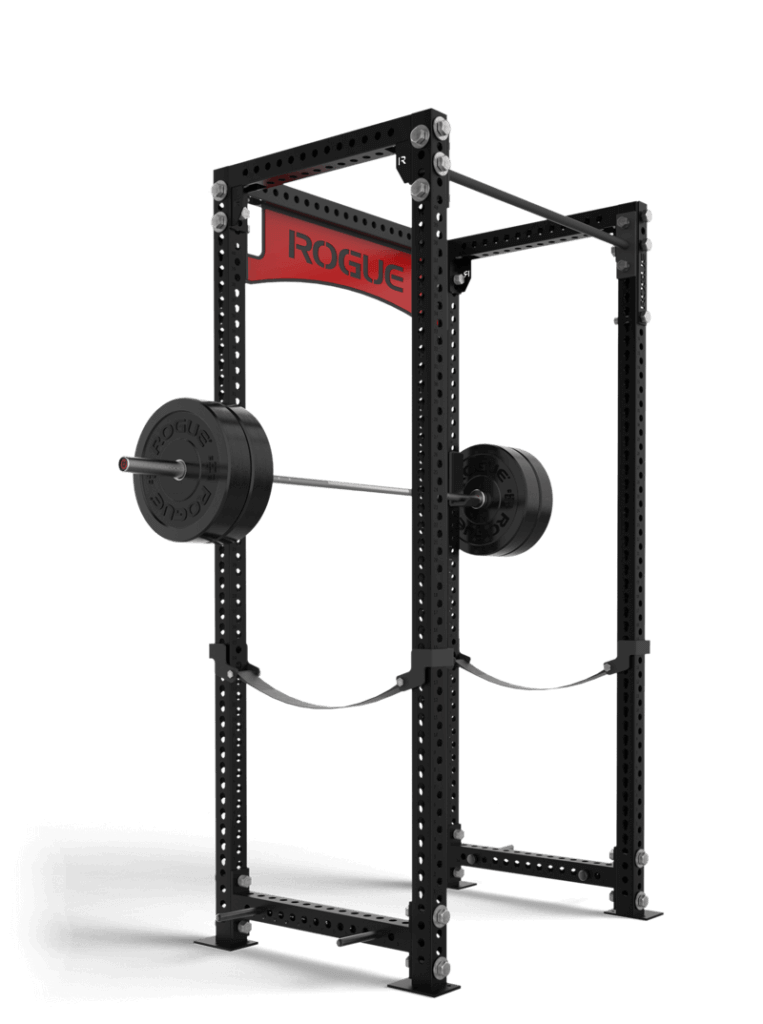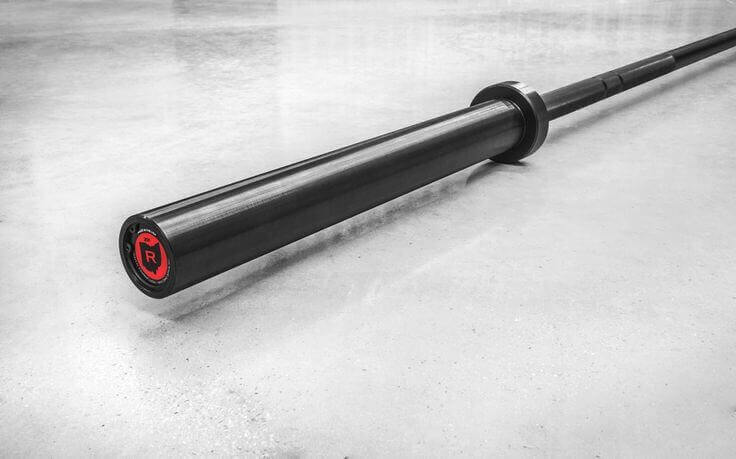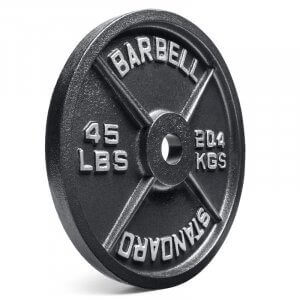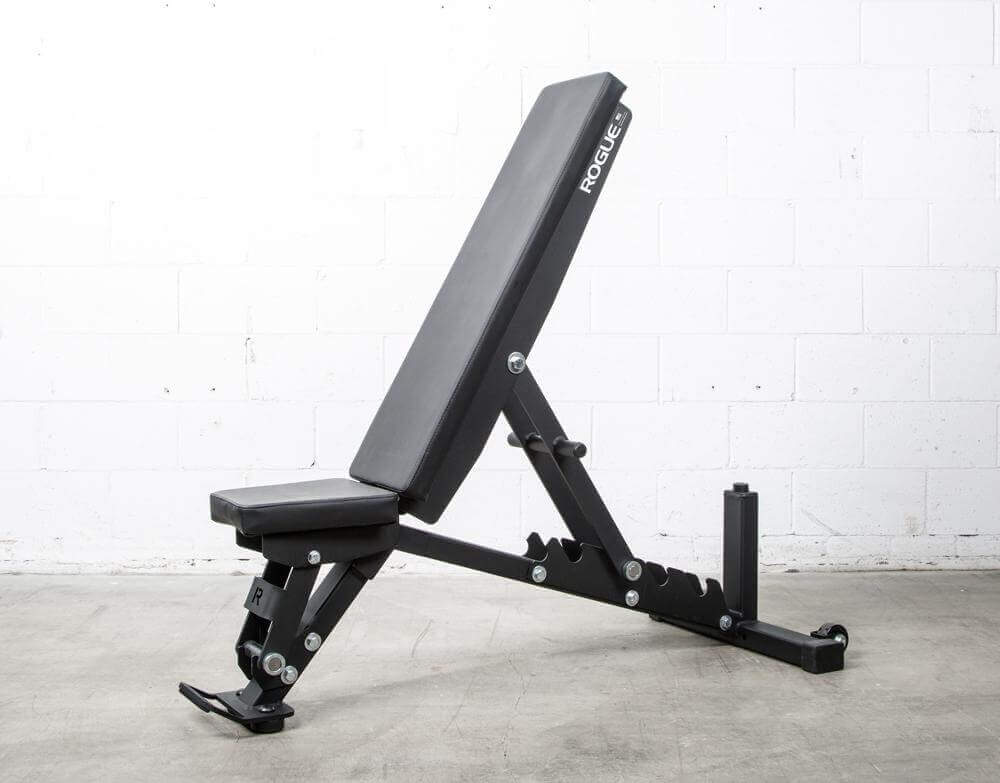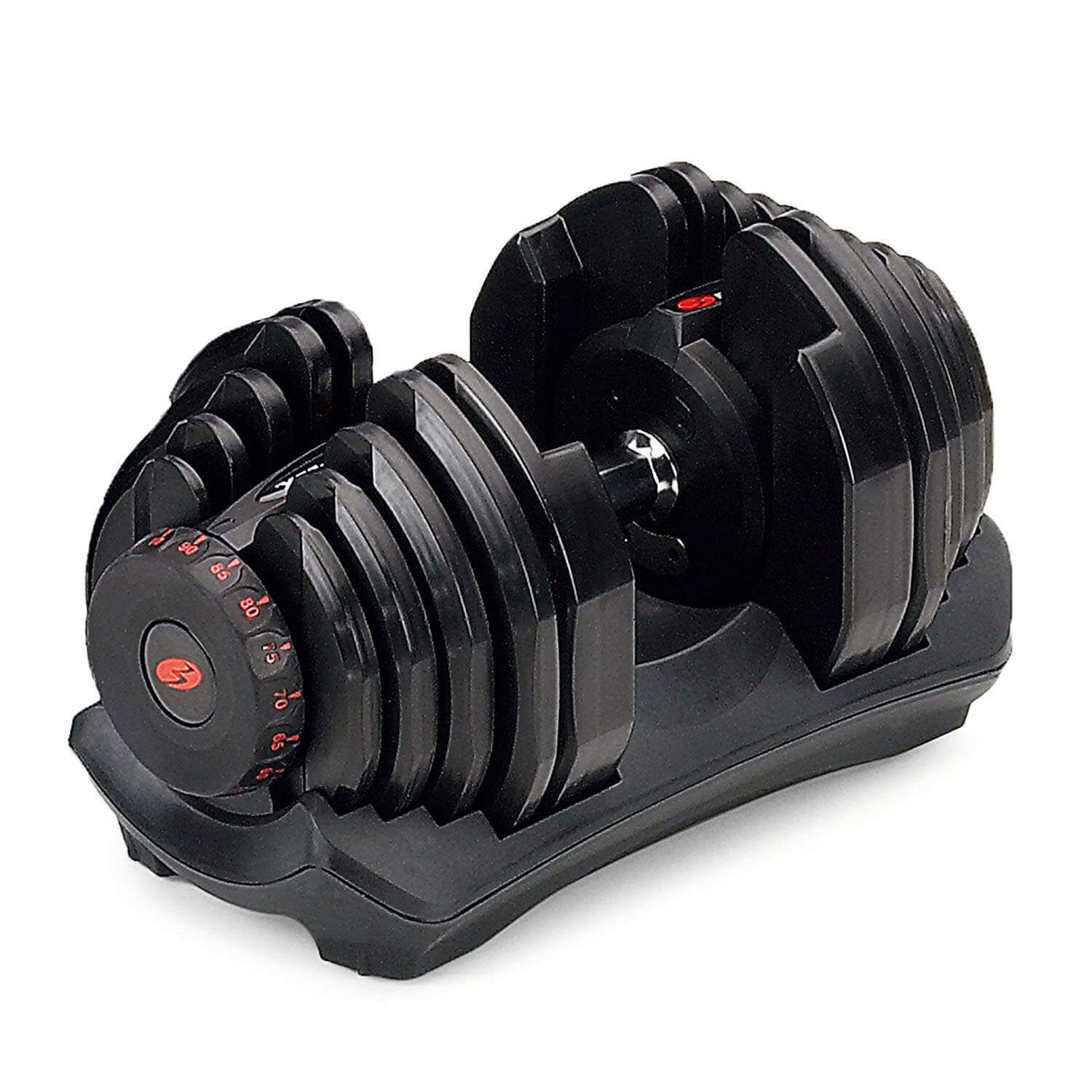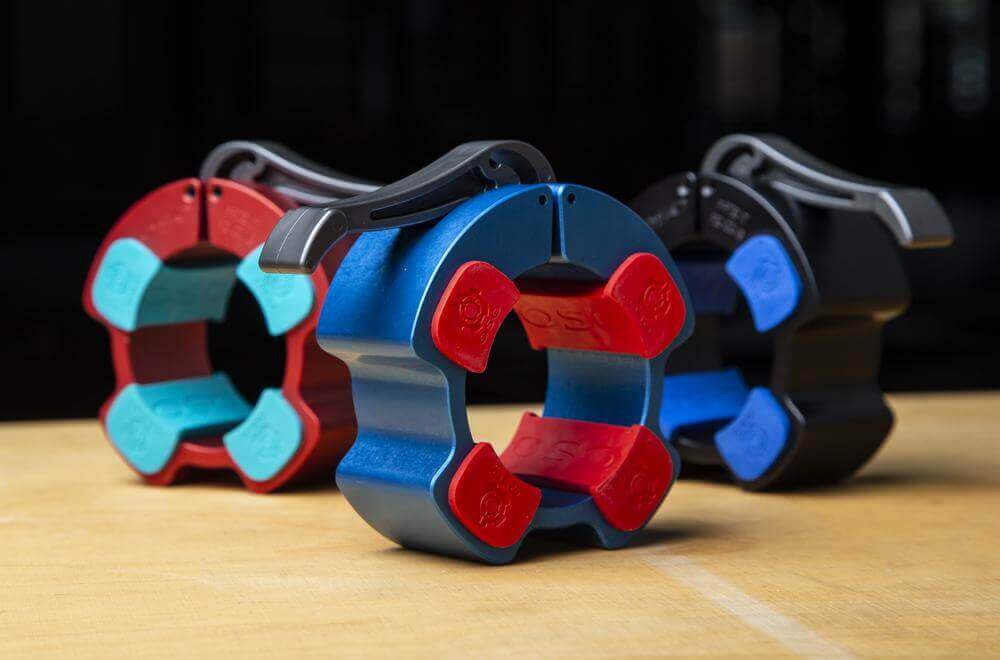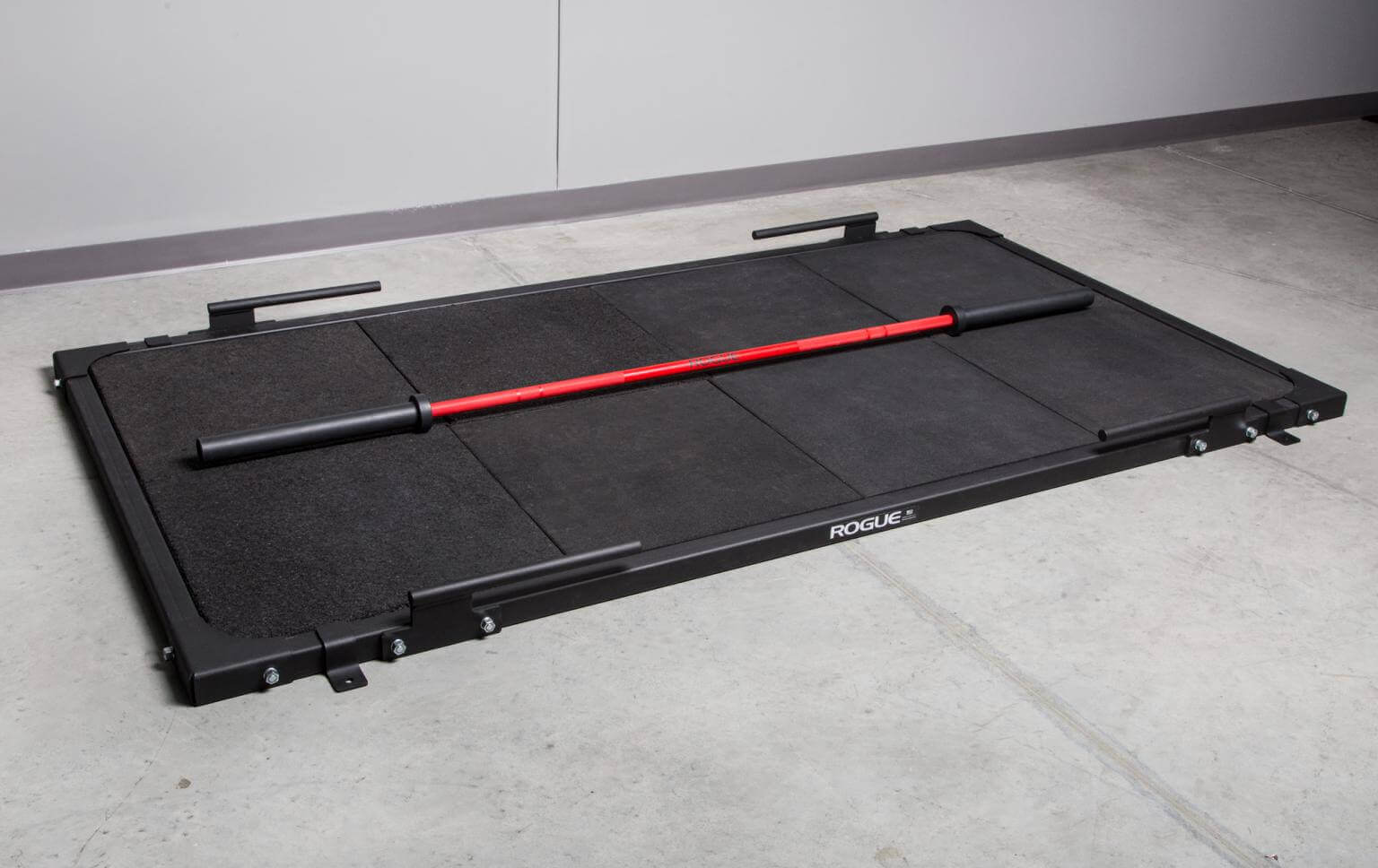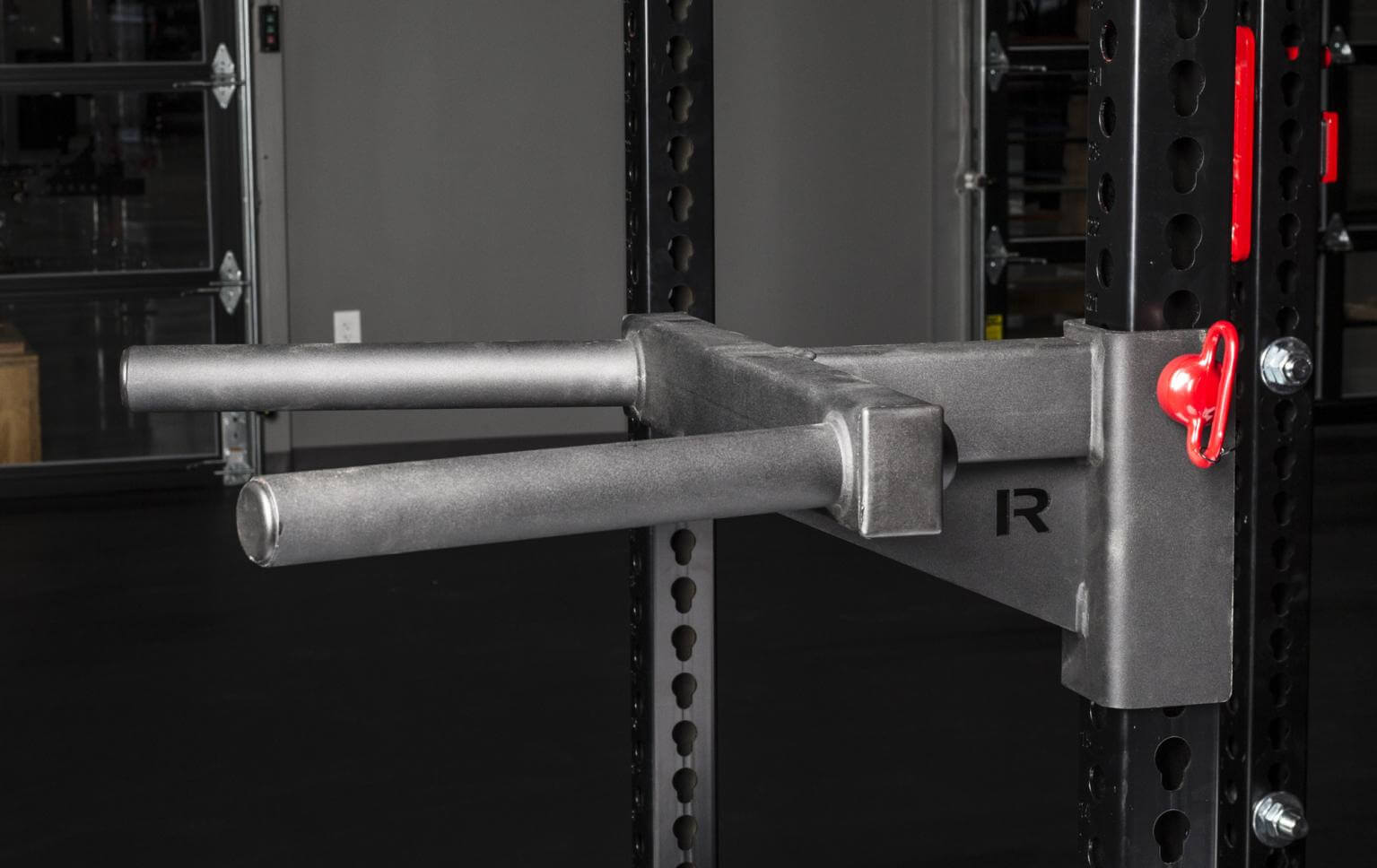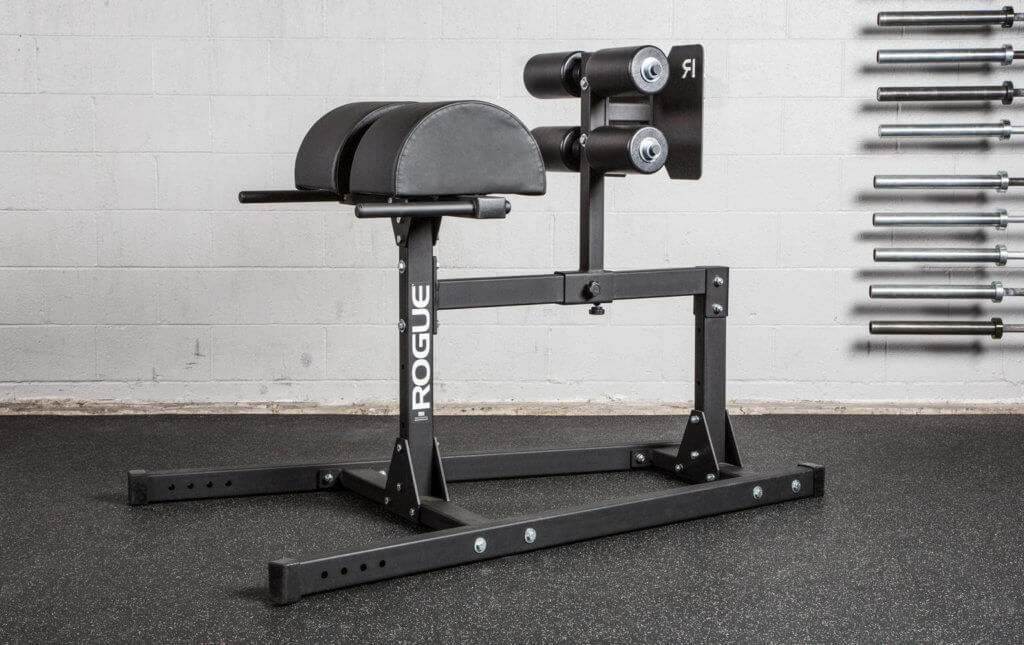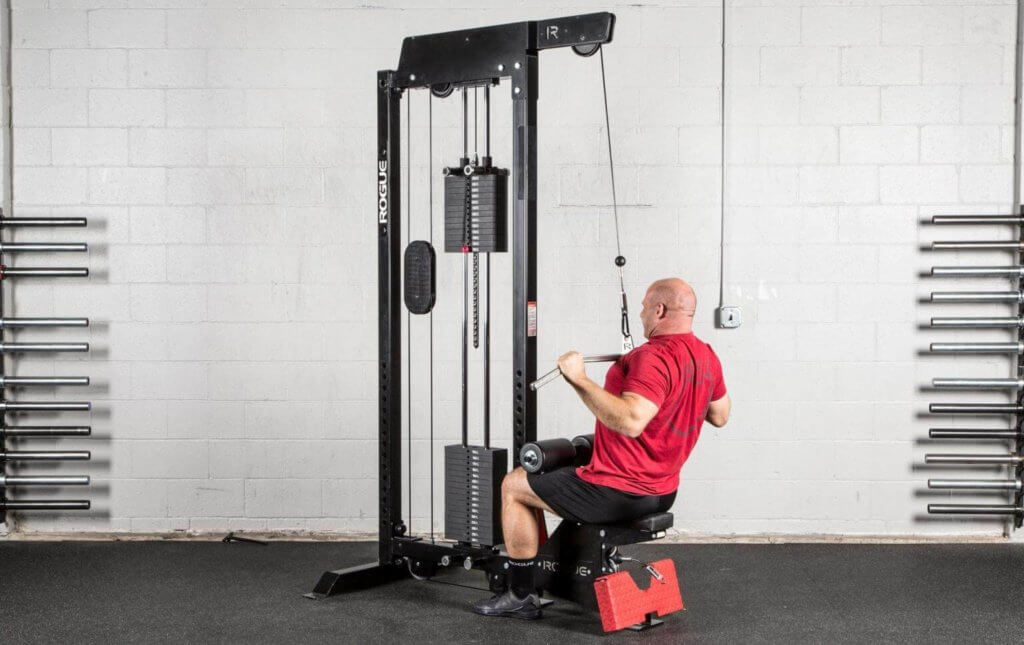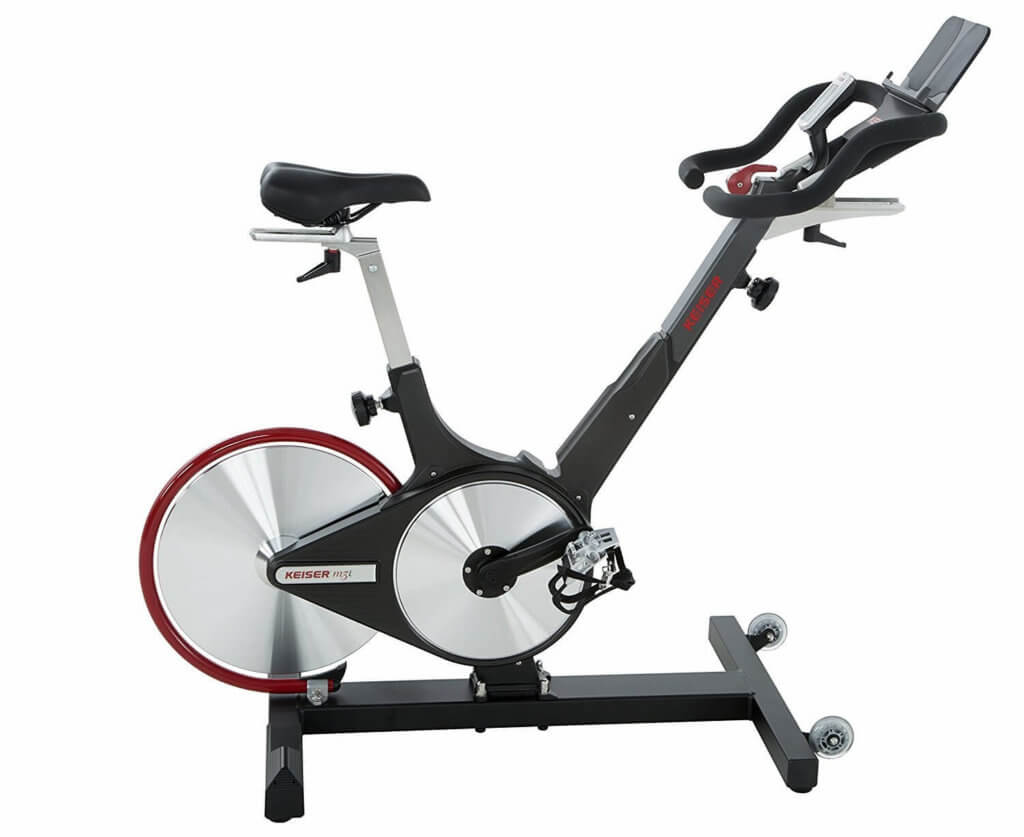Building your own home gym is more convenient, time efficient, and (potentially) cheaper than going to a commercial gym.
That said, building a home gym can also be a confusing, expensive ordeal if you don’t know what to buy. You can easily spend north of $10,000 on equipment you don’t need or, more likely, make the opposite mistake of wasting money on cheap, gimcrack hardware that falls apart in a few months.
And that’s where this article is going to help. In it, you’re going to learn . . .
- What equipment you should seriously consider (and what you should probably skip)
- Different options for different budgets
- Where and how to best set everything up
- How to protect your floors from damage
- How to do all of the exercises on your program at home
- And more . . .
By the end of this article, you’re going to know exactly how to set up a kick-ass, affordable, and effective home gym that lets you do effective, challenging, enjoyable workouts in the convenience of your own home.
7 Must-Have Pieces of Gym Equipment
If you’re just looking to gain muscle and strength as quickly as possible, you only need a few pieces of equipment that allow you to do the most effective exercises: the squat, deadlift, bench press, overhead press, and pull-up, as well as a few isolation exercises.
The main pieces of equipment you’re going to want are as follows (and in this order):
- Power rack (aka squat rack)
- Barbell
- Weight plates
- Adjustable bench
- Adjustable dumbbells
- Collars
- Floor tiles
This doesn’t require much in the way of money or space, either—$1,000 to $3,000 (depending on what type of equipment you want) and 100 to 200 square feet. For reference, the average two-car garage is 676 square feet.
1. Rogue RM-3 Monster Rack ($1,145)
A power rack, also called a squat rack, is a sturdy metal frame usually about eight feet tall, four feet wide, and three to six feet long with adjustable hooks to hold a barbell and safety bars to allow for safe solo weightlifting.
Many power racks also have pegs to hold weight plates.
This is what you’ll use for the squat, bench press, pull-up, and chin-up.
I recommend the Rogue RM-3 Monster Rack. It’s one of the sturdiest designs out there, with overbuilt bolts and wider struts, so you can rest assured that it’s not going to fall apart. I also recommend you get their optional knurled pull-up bar and nylon safety straps to protect your barbell.
If you want a more affordable option, go with the Rep Fitness SR-4000 squat rack which costs $449. It’s sturdy, has most of the features of the Rogue power rack, and can be easily customized and upgraded if you want to buy more gadgets in the future.
2. Rogue Ohio Power Bar ($340)
All of the best exercises you can do are going to require a barbell, so it’s worth investing in a good one. The main things you want to look for in a do-it-all barbell are standard knurling (the rough pattern milled into the barbell to improve grip), 28.5 mm shaft width, and a lifetime warranty.
You also want a barbell that has a gap in the knurling near the middle of the bar, so that the bar can more easily slide up your shins during deadlifts.
I recommend the Rogue Ohio Power Bar with Cerakote finish, which costs $340. It’s made of high-quality steel that’s guaranteed by their lifetime warranty never to bend, and the Cerakote finish looks neat and protects the bar from scratches and corrosion.
If you want a more affordable option, go with the iheartsynergee S-2 Olympic 20kg Barbell, which costs $260. A horrible company name, but a good bar.
3. Rogue Olympic Weight Plates
You’ll need to buy at least two 2.5-, 5-, 10-, and 25-pound plates and six 45-pound plates when you set up your home gym. You can buy more as you get stronger (most people like to add extra 10- and 45-pound plates).
Make sure you get round plates and not multi-sided ones, which shift out of position when you deadlift.
Standard cast metal plates are usually going to give you the best bang for your buck, but it’s also a good idea to have a few rubber-coated bumper plates for deadlifting. These are usually more expensive but are easier on your floor and quieter while deadlifting.
I recommend the Rogue Olympic Plates for cast metal plates, and the Rogue Hi-Temp Bumper plates for bumper plates. Rogue’s plates are known for being extremely durable and accurately calibrated (they actually weigh what the company says they do).
If you want a more affordable option, go with the CAP Olympic 2-Inch Weight Plates. They’re well-made and will last a lifetime.
4. Rogue Adjustable Bench 2.0 ($545)
You’ll need a padded, adjustable bench with wheels that can be set completely flat or upright.
This allows you to do your seated isolation exercises and dumbbell presses, incline and flat barbell presses, and seated shoulder presses.
You can find plenty of cheap benches out there, but I recommend you invest in something quality. It’s common for the bolts to come loose, the covering to rip, and for the wheels to be misaligned on cheap benches which can be annoying and unsafe.
I recommend the Rogue Adjustable Bench 2.0, $545. It’s a well-built and minimalist bench with wheels and an adjustable seat and backrest, which is everything that we want in a bench.
If you want a more affordable option, go with the Rep Fitness AB-3100 Adjustable Bench V3, which costs $219. It’s not as heavy-duty as the Rogue bench, but it’ll get the job done just fine.
5. Bowflex SelectTech 1090 Adjustable Dumbbells ($850)
Adjustable dumbbells are dumbbells that allow you to select different weights while using the same handle. They allow you to do just about any dumbbell exercise, and are much more space efficient than normal dumbbells.
The advantage of normal dumbbells, though, is that they often feel more balanced and ergonomic than adjustable ones, and they make it easier to do certain exercises (like overhead triceps extensions).
That said, adjustable dumbbells are better than paying for, shipping, and storing an entire rack of normal dumbbells.
I recommend the Bowflex SelectTech 1090 Set, which cost $850. With them you can quickly and easily select anywhere from 5 to 90 pounds of weight per dumbbell, they have comfortable handles that feel a lot like traditional dumbbells, and they’re engineered to last.
The only (minor) downside is they’re longer than most dumbbells, which makes them feel a bit unwieldy on certain exercises.
If you want a more affordable option, go with the Yes4All Adjustable Dumbbells, which cost $250. They’re just as comfortable and versatile as the Bowflex ones, but they take longer to adjust.
6. OSO CM-1 Collars ($55)
Collars, also called safeties or clamps, hold weight plates in place on the barbell while you’re throwing it around.
Weight plates tend to wiggle toward the outside edge of the barbell during your sets, and collars hold them in place so you don’t have to shove the weights back into place after every set.
Some people also feel safer when using collars because they prevent the weight plates from falling off of the barbell (though you shouldn’t be tilting the bar enough for that to happen anyway).
You don’t need anything fancier than a set of spring collars, but I like the look and design of the OSO CM-1 collars, which cost $55. They’re also more secure than spring collars, but cost several times more, too.
If you want a more affordable option, go with the Believe Simple Quick Release Collars, which cost $13.
7. Floor Tiles ($~200)
Floor tiles are rubber or foam sheets usually about an inch or two thick that interlock to create a protective layer over your floor. Even if you’re careful, you’re going to drop weight plates, barbells, dumbbells and other heavy hard things on your floor, and it’s going to cause some damage unless you have floor tiles.
You can buy good floor tiles from most hardware stores like Home Depot, Amazon, or a speciality flooring company. Personally, I’d just buy something generic and reasonably priced from Amazon like the ProSource Puzzle Exercise Mat.
So, that covers all of the need-to-have items for your home gym. Now let’s go over some of the nice-to-have items.
6 Nice-to-Have Pieces of Gym Equipment
Next on the list are some “luxury” items that are nice to have but not essential:
- Deadlift platform
- Dip station or power tower
- Glute-ham raise
- Lat pulldown machine
- Rowing machine
- Indoor Bicycle
1. Rogue Deadlift Platform ($632)
A deadlift platform is a metal frame that sits on the ground and holds thick tiles of rubber. As the name suggests, a deadlift platform allows you to deadlift without damaging the floor or your equipment or making too much noise.
Regular floor tiles are fine for protecting your floor from dropped weight plates or dumbbells, but you need a deadlift platform if you plan on doing a lot of heavy deadlifting.
It’s also useful for barbell rowing for the same reasons.
You don’t need a deadlift platform, but it’ll let you descend faster while deadlifting and barbell rowing, which means you won’t have to waste energy slowly lowering the weights.
I recommend the Rogue deadlift platform, which costs $632 (including the rubber floor tiles). As you can tell, I’m a bit of a Rogue fanboy, but for good reason: they make durable, aesthetic, and fine-grained products, they take care of their workers and customers, and they’re made in ‘Murica.
If you want a more affordable option, make your own platform with some heavy duty rubber floor tiles like Rubber-Cal Shark Tooth Heavy Duty Mats. You’ll likely have to push them back into place every now and then, and they don’t offer quite as much protection as a real deadlift platform, but they work fine.
2. Rogue Monster Matador Dip Station ($145)
A dip station is a metal stand with two handles that allows you to do dips and leg raises. Dips are one of the best chest, triceps, and shoulder exercises you can do, but since there are suitable replacements, this isn’t an essential item.
Although they aren’t essential, dip stations also aren’t expensive, so I recommend adding one after you’ve purchased the essentials listed earlier (if you want to include dips in your routine, that is).
I recommend the Rogue Monster Matador, which costs $145 and is a dip station that attaches to the Rogue Monster power rack I listed earlier, saving space.
If you want a more affordable option, go with the Ultimate Body Press Dip Bar Fitness Station, which costs $85. It’s cheap, collapses down for storage, and is easy to move around.
3. Rogue GH-1 Glute-Ham Raise ($555)
The glute-ham raise is an excellent exercise for training your hamstrings, glutes, and back muscles (also referred to as your posterior chain).
You can easily overload this exercise by holding a weight, and you can also use the glute-ham raise machine to do weighted sit-ups, which is a nice bonus.
I recommend the Rogue GH-1 glute-ham raise, which costs $555. It’s simple, attractive, and fairly priced (some companies charge $800+ for similar machines).
4. Rogue Lat Pulldown Machine ($2,950)
The lat pulldown machine is a great back exercise for using more or less of your bodyweight in a pullup motion.
I recommend the Rogue lat pulldown machine, which costs $2,950. It’s well designed and features high quality cables and pulleys that won’t wear out (which is the main problem with lat pulldown machines), and it also lets you do cable rows, which are another excellent back exercise.
If you want a more affordable option, go with the Valor Fitness CB-12 Plate Loading Lat Pull Down, which costs $329. It’s durable and uses regular weight plates, which saves space and shipping fees.
5. Concept 2 Model D Rowing Machine ($900)
Rowing is a particularly good form of cardio because it’s a full-body exercise that targets your legs, hips, arms, and back, it burns a boatload of calories, and it’s relatively easy to learn and recover from.
Rowing machines display all of your stats like time, strokes per minute, and power output, which is helpful for tracking your progress. Plus, they’re usually less expensive than treadmills and easier to store.
I recommend the Concept 2 Model D rowing machine. It’s considered by many to be the best rowing machine on the market because of it’s super smooth and quiet flywheel, durability, and stowability.
If you want a more affordable option, go with the Sunny Health & Fitness Magnetic Rowing Machine Rower, which costs $250.
6. Keiser M3i Indoor Bicycle ($1995)
Indoor cycling is my favorite form of cardio because it’s relatively low-impact and easy to recover from, burns a ton of calories, and lets me watch T.V. or read at the same time.
I recommend the Keiser M3i Indoor Bicycle, which costs $1995. It’s stylish, durable, easy to store, gives you tons of data on your workouts, and is at the top of almost every “best indoor bike” review you can find.
If you want a more affordable option, go with the Sunny Health & Fitness Pro Indoor Cycling Bike, which costs $330.
If you already own a road bike then you can hook it up to an indoor bike trainer like the CycleOps M2 Smart Trainer, or, if you want the absolute best bike trainer money can buy, the Tacx Neo T2.
10 Home Gym Equipment Upgrades
Once you have all of the above items, you may want to purchase some nonvital odds and ends that can make for more effective and enjoyable workouts.
Here’s a quick rundown:
- Ader Fitness fractional plates ($44)
- PlateMate Microload 1.25 pound magnetic hex plates ($40)
- Perfect Fitness Ab Carver Pro Roller ($40)
- Harmony Jade Yoga Mat ($70)
- Liquid Grip liquid chalk ($26)
- Rogue Dip Belt ($49)
- Wall mirror ($110)
- Philips indoor lighting (price varies)
- Sonos Five Smart Speaker ($499) or Sonos One Smart Speaker ($199)
- Society6 motivational posters and prints
